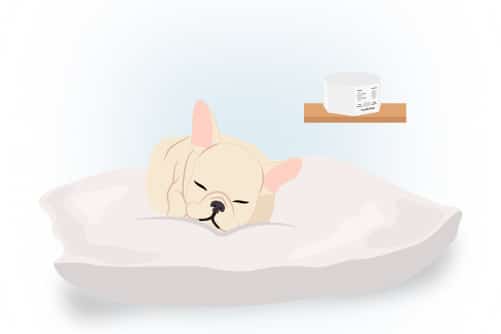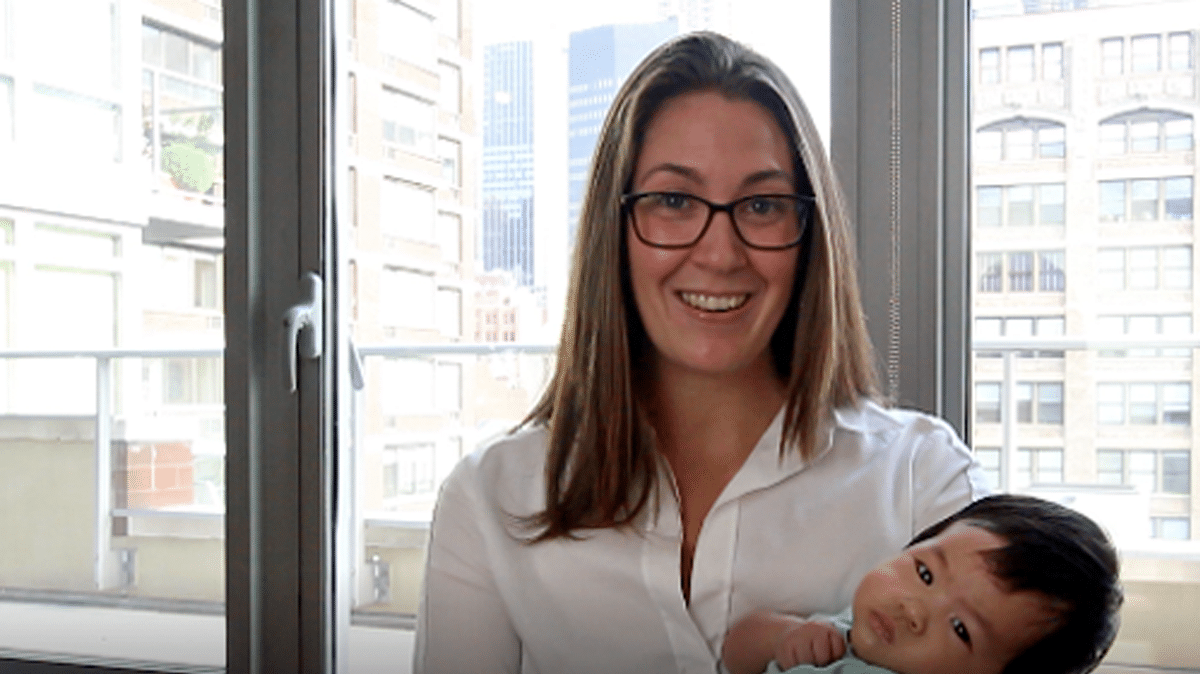
How White Noise Can Help Your Dog Deal With Separation Anxiety
Dog owners know that having a four-legged friend around all the time comes with countless delights. Our pups love us unconditionally. They make us feel appreciated and special. There’s often little else they look forward to than having us around. And for those of us who deal with depression, anxiety, or stress, these facts likely ring especially true. Dogs have the wonderful ability to help reduce stress, anxiety, depression, and loneliness for countless people. Studies have shown that their companionship can reduce anxiety, provide sensory stress relief, and even improve physical and mental illness. But, like humans, dogs themselves can also develop anxiety.
Anxiety in dogs typically takes the form of separation anxiety, meaning that being away from their human guardians produces serious angst for them. Similar to humans, dogs with separation anxiety don’t all exhibit the same behaviors—symptoms range from mildly inconvenient habits to potentially dangerous acts. But unlike humans, canines cannot express their anxiety with words. So, it is ultimately our responsibility as their owners to pick up on physical and behavioral cues and patterns and to respond in a responsible, caring way.
How you can identify separation anxiety
Occasionally, dogs may demonstrate one or more symptoms of separation anxiety, but that doesn’t necessarily mean they’re genuinely distressed. Some dogs may exhibit anxious behavior, for example, when we’re getting ready to leave, but many of them ease up once we’re actually gone and are completely fine spending time alone. The key to identifying separation anxiety is to observe ongoing patterns linked to your absence—behaviors that are specific to being away from you. Some symptoms, though less severe, should still be taken seriously. These include things like excessive drooling, howling, barking, or whining and irregular urination and defecation patterns. More serious symptoms can lead to self-injury or the development of certain illnesses. These include attempts to escape confined areas (many dogs end up with broken teeth, cuts, scrapes, and damaged paws and nails this way) and a refusal to eat or drink while home alone.
Techniques for treatment
Once you’ve identified these behaviors and linked them to separation, the question then becomes, how can you help your pet better cope with these conditions in a way that’s both safe and effective? It’s important to note that some very common coping techniques can make the situation (much) worse. That includes forms of punishment like scolding, getting another dog so they’re no longer alone (the anxiety is usually the result of separation from the owner, not general loneliness), or obedience training (separation anxiety and lack of training are separate issues). The key to treatment is to countercondition dogs, that is, teach them coping mechanisms that allow them to enjoy, or at minimum tolerate, being left alone. To do this, an association between alone time and positive experiences like eating foods they like or listening to soothing sounds needs to be built.
Something simple you can start with is leaving your dog with a puzzle toy stuffed with their favorite foods, which should be especially helpful during pre-departure. It’ll keep them preoccupied for 20-30 minutes while you prepare to leave. You can provide them with special toys that they really enjoy, but the key here is to strictly allow them to play with these toys only during alone time. You can also leave your dog with articles of clothes that have your scent on them. The last and particularly promising technique is sound therapy—essentially building an association between soothing, comforting sounds and being alone.
How White Noise can Help
For many years, studies have shown the amazing impact that music and other relaxing sounds have on human memory, emotional states, and even healing from physical and mental illness. Certain sounds can greatly reduce anxiety, lower heart rate respiration, and alleviate behavioral issues like excessive barking in dogs. The most promising sounds take the form of longer, sustained notes and consistent rhythms with less complexity. Not surprisingly, loud, abrasive noises can increase adrenaline and make anxiety worse. But gentler, repetitive sounds have great potential to relax the nervous system. White noise — which can sound like television static, rainfall, or even ocean waves — provides a consistent sonic environment that many people have relied on to improve their quality of sleep, reduce anxiety and tension, and uplift mood. Like humans, dogs have unique preferences, so it’s important to play around with different types of white noise (which you can provide with a sleep sound machine) to pinpoint which frequencies your pup enjoys the most. Devices that make it possible for you to keep an eye on your pup from work, for example, abound. The key with all of these techniques is to build specific associations with you being gone and getting to enjoy these different forms of sensory stimuli.
Research that explains why some dogs develop anxiety while others don’t hasn’t been conclusive. But trauma and dramatic life changes are often the cause for dogs that do. Changes of guardianship or family structure, like a family member passing away or going off to college, can certainly result in separation anxiety. Changes in a regular routine, for example moving to a new home or spending longer periods of time alone than is typical, can also be culprits. But even if you can’t pinpoint the specific source of your furry friend’s separation anxiety, it’s extremely important that you take the necessary steps to help them heal and build coping mechanisms that’ll make their lives generally more peaceful and healthy.

Don't just take our word for it.
We don’t take the term “sleep like a baby,” lightly. We know you don’t either. Want advice from a baby whisperer? Our sleep trainers understand.







